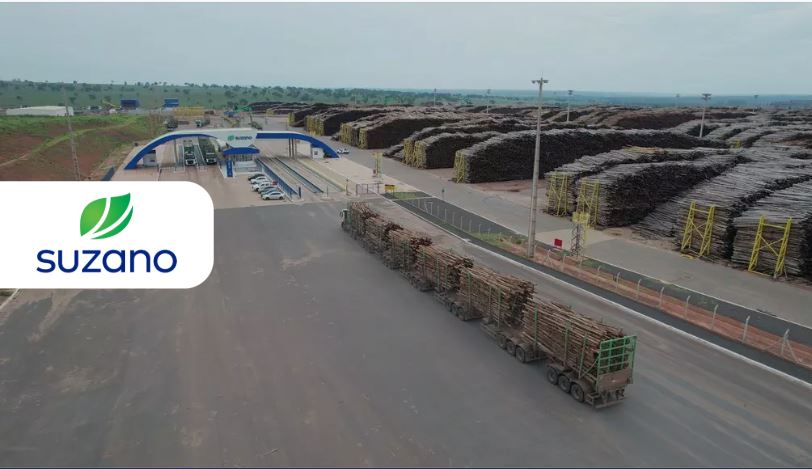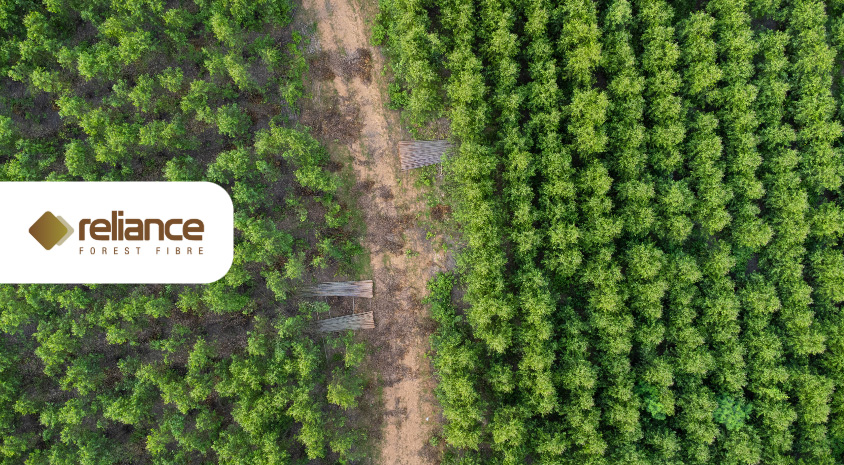Presenting at the ICTC Discovery Forum on The Future of Precision Agriculture & Forestry, Remsoft’s Doug Jones explored the evolution of precision forestry and increasing demand for technologies and analytics that leverage data to enhance efficiency and growth.

Remsoft’s Doug Jones, Senior Vice President, Solutions and Innovation, was among industry experts presenting at the May Information and Communications Technology Council (ICTC) Discovery Forum on The Future of Precision Agriculture & Forestry.
More than 200 people attended the online forum, which focused on growth opportunities and advanced technologies driving Canada’s precision agriculture and forestry sectors. Jones joined Olivia Lin, Jr. Data Scientist at the ICTC, and subject matter experts from Natural Resources Canada, Agriculture and Agri-Food Canada.
Growing recognition of digital advantage
In his presentation, Jones explored the evolution of precision forestry and the growing interest in using new technologies, data, and analytics to enhance efficiency and growth. “Digital technology is a fundamental necessity for growth in the forestry industry,” said Jones.
According to Jones, companies have focused their digital investments on two areas in recent years: mapping out a vision for integrated forestry and advancing their digital transformation.
Jones highlighted five key digital capabilities that have reshaped the industry and changed the way companies do business: forest management information systems (FMIS), mobility, precision forestry, real-time data collection and access, and value chain optimization.
Traditionally, optimization modeling has been used in strategic forestry planning,” said Jones. “However, Remsoft has seen expanded use of optimization further down the planning chain into mid-term tactical planning, sales and operations (S&OP) planning right up to daily product allocation optimization.”
Technology trends with transformation potential
Among the top technology trends, he reviewed five with the potential to reshape the industry in the future.
- Precision inventory improvement: The use of remote sensing techniques to automate forest inventory data has been the greatest technological advancement in forestry in recent times. While forestry has made great strides in this area, more needs to be done to make this fully operational.
- Data centralization and standardization: With a greater reliance on data, centralizing and structuring data to create one source of truth is critical. Getting the data right is essential to any digital forestry solution implementation.
- Integrated digital ecosystem: One technology or vendor can’t provide everything, so applications and data must be integrated seamlessly. Cloud solutions with API technology are key in this area.
- Digital supply chain: With so many business functions and people involved in managing the supply chain to get the tree to the mill, centralized planning, scheduling, and management are essential to improving visibility throughout the chain.
- Optimization Analytics and AI/ML: With increased data availability, there is more demand for analytics, artificial intelligence (AI), and machine learning (ML) to maximize data insights for business improvement. Leveraging data to make better decisions using intelligence technologies is expected to grow significantly within forestry.
The digital wave is gaining momentum
There is no question that data, analytics, and digital technologies, in general, can drive business benefits with higher productivity and efficiencies,” Jones told forum participants.
As the industry moves into a data revolution, he emphasized the need to maximize the value of the data being captured across all points in the value chain. “For precision forestry to be successful, data quality and data availability are imperative. This is particularly important as technology and data are increasingly used to support operational decision-making and execution, ultimately enhancing investment in forest resources.”



